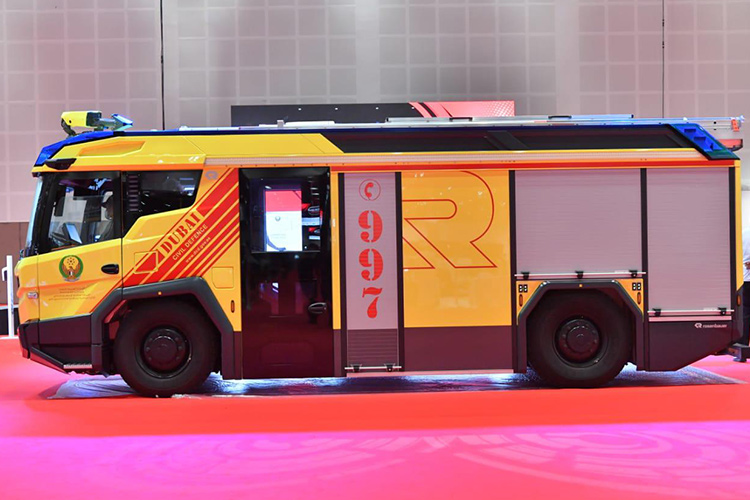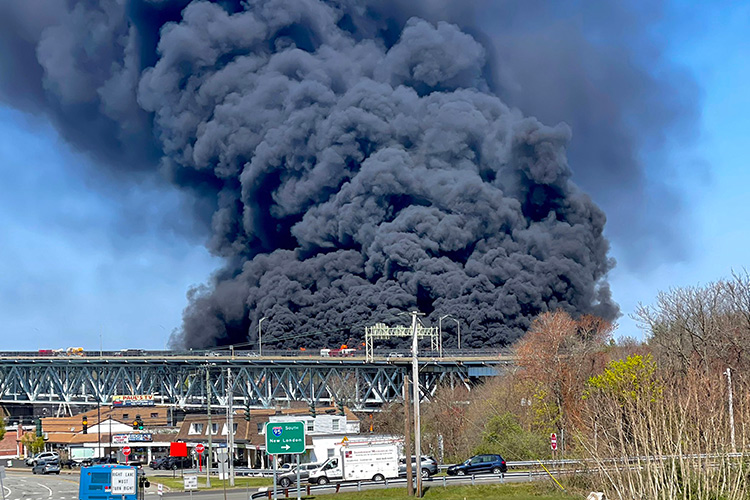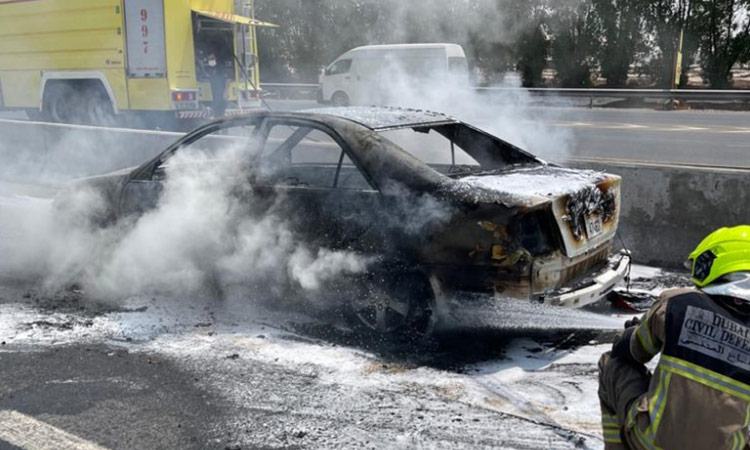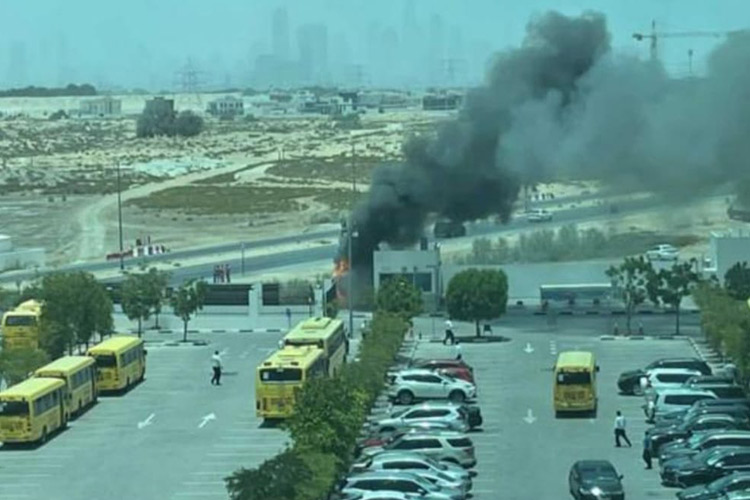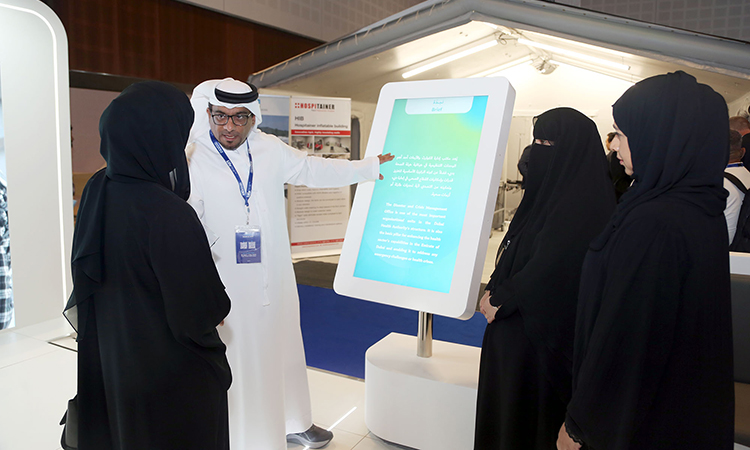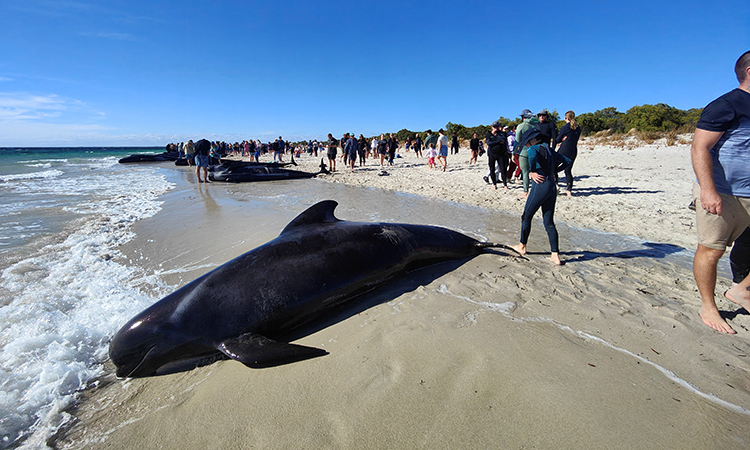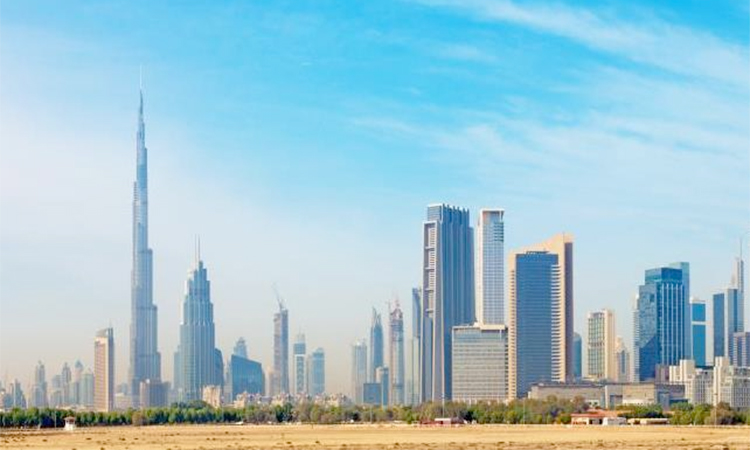Cough or Covid-19? Firefighters working during the pandemic are facing a new challenge
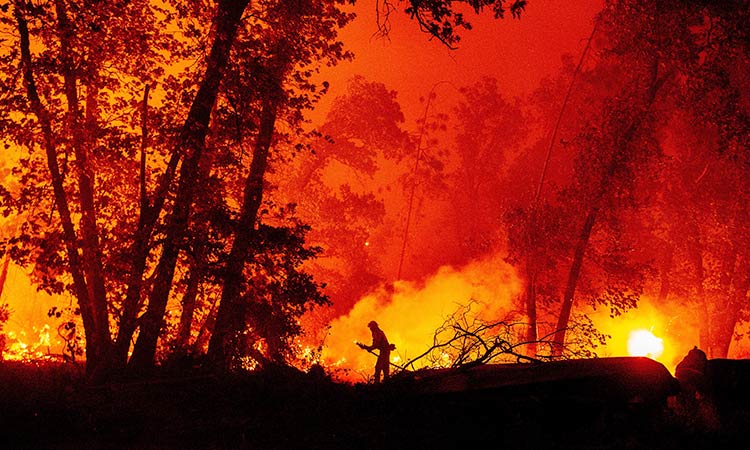
Firefighter douses flames during the Creek fire California. File/AFP
Benjamin J. Hulac
Is that the typical cough? Or do I have the coronavirus?
It’s a thought running through firefighters’ minds this year, Jim Whittington, a wildland fire expert based in Medford, Oregon, said in an interview. “Smoke affects your respiratory system and affects the immune system. Firefighters get sick throughout the fire season,” Whittington said. So it’s natural for firefighters as they work during the COVID-19 pandemic to wonder if they caught the virus, he said.
“Are you coming down with just a regular wildland fire hacking cough that everybody gets every year, or is this COVID?” said Whittington. “Then the rumours start.” When firefighters see their colleagues get tested for the virus, the fear that one of their own may be positive can disturb an entire crew, he said.
Half a year after it clamped down on America and upended daily life, the coronavirus, which has killed more than 180,000 Americans, has transformed how first responders fight natural disasters, like wildfires, hurricanes and floods, and changed how the public evacuates during a crisis.
READ MORE
Wildfire forces over 3100 to evacuate in Spain Andalusia
Huge fire destroys agricultural land in Makkah
California fire triggered by gender reveal firework
Those changes were on display last week as Hurricane Laura battered the Gulf Coast and fires surged on the West Coast and in the Rocky Mountain region.
Compounding the twin crises of the coronavirus and brutal fire and hurricane seasons, which climate change has worsened, is a battered economy already plunged into a recession with a high unemployment rate of more than 10 per cent — a mark not seen nationally since the financial crash of 2008.
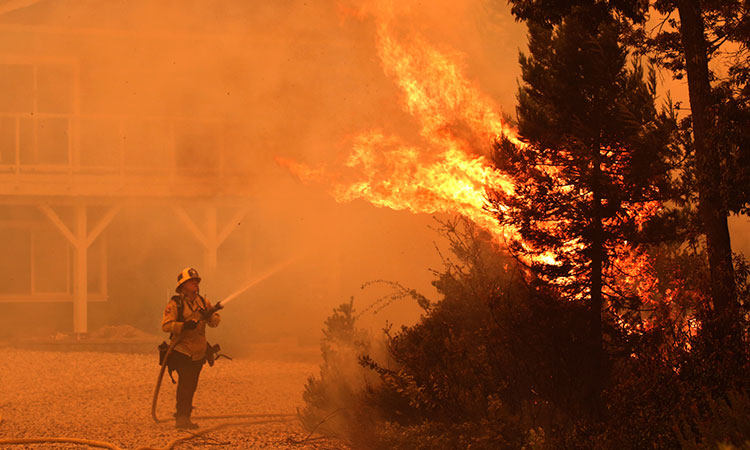
“You’ve got climate change on one hand, which is increasing the frequency and the magnitude of disasters, but on the social side, you know, too many Americans can’t put their hands on $500 (Dhs1,833) cash,” Brock Long, who led the Federal Emergency Management Agency from 2017 to 2019, said during a recent Bipartisan Policy Center presentation.
Because of the recession, some fleeing danger might not have enough money for proper supplies.
“Our traditional preparedness campaigns of saying ‘go get a kit for three to five days’ is an unrealistic financial ask in most American households right now,” Long said.
A “disaster kit” — supplies for several days, including clothes, food, water, flash lights, money, batteries, cell phone chargers and more — is a staple for someone evacuating during an emergency. After COVID-19 subsumed the US, the Centers for Disease Control and Prevention added “cloth face coverings” for everyone 2 or older, soap, disinfecting wipes and hand sanitiser to the recommended kit.
Princella Talley, who lives in central Louisiana, waited out Hurricane Laura, which passed through the state Thursday, with face masks and gloves — new additions to her disaster supplies. She pooled hand sanitiser with her family and took comfort in a favourite: a bird-themed mask.
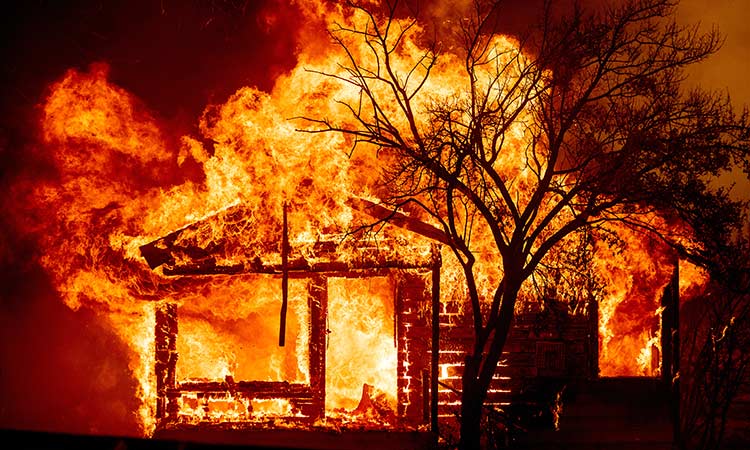
Talley, a staffer with the Citizens’ Climate Lobby, a climate advocacy group, said leaving home and staying in a shelter is never fun, but during pre-coronavirus storms, a bit of joy came from sheltering with friends, family or even at a public spot. “Now, the idea of seeking shelter anywhere is subtly terrifying because of COVID,” she said.
Evacuations
The methods of evacuation have changed, too. Public transportation options are risky but hard to avoid for those without cars. “Evacuation by bus makes it almost impossible to socially distance,” Talley said.
Kristy Dahl, senior climate scientist at the Union of Concerned Scientists, said people in California have taken shelter in schools, which are often empty or lightly used due to the virus, because of wildfires.
Dahl recently cross referenced unemployment figures — many county figures have doubled during the pandemic, she said — with infection estimates and found big disaster evacuations are almost guaranteed to increase COVID-19 cases.
“If you have a large scale evacuation, it’s almost inevitably going to lead to an increase in the number of COVID-19 cases,” Dahl said. “But you can minimise that increase by encouraging people to go to counties where there’s a low transmission rate.”
Nearly 120,000 people in California have left their homes because of the fires, and Dahl, who lives in San Francisco, awoke one morning to find a white and grey layer of ash on her dining table near an open window.
“You find it in a thin film on your car in the morning or the patio of your house,” she said. “It’s sort of everywhere.” Because of the dangers of spreading the coronavirus and lung damage from smoke inhalation, people near fires should wear N95 masks, she said.
Tribune News Service
